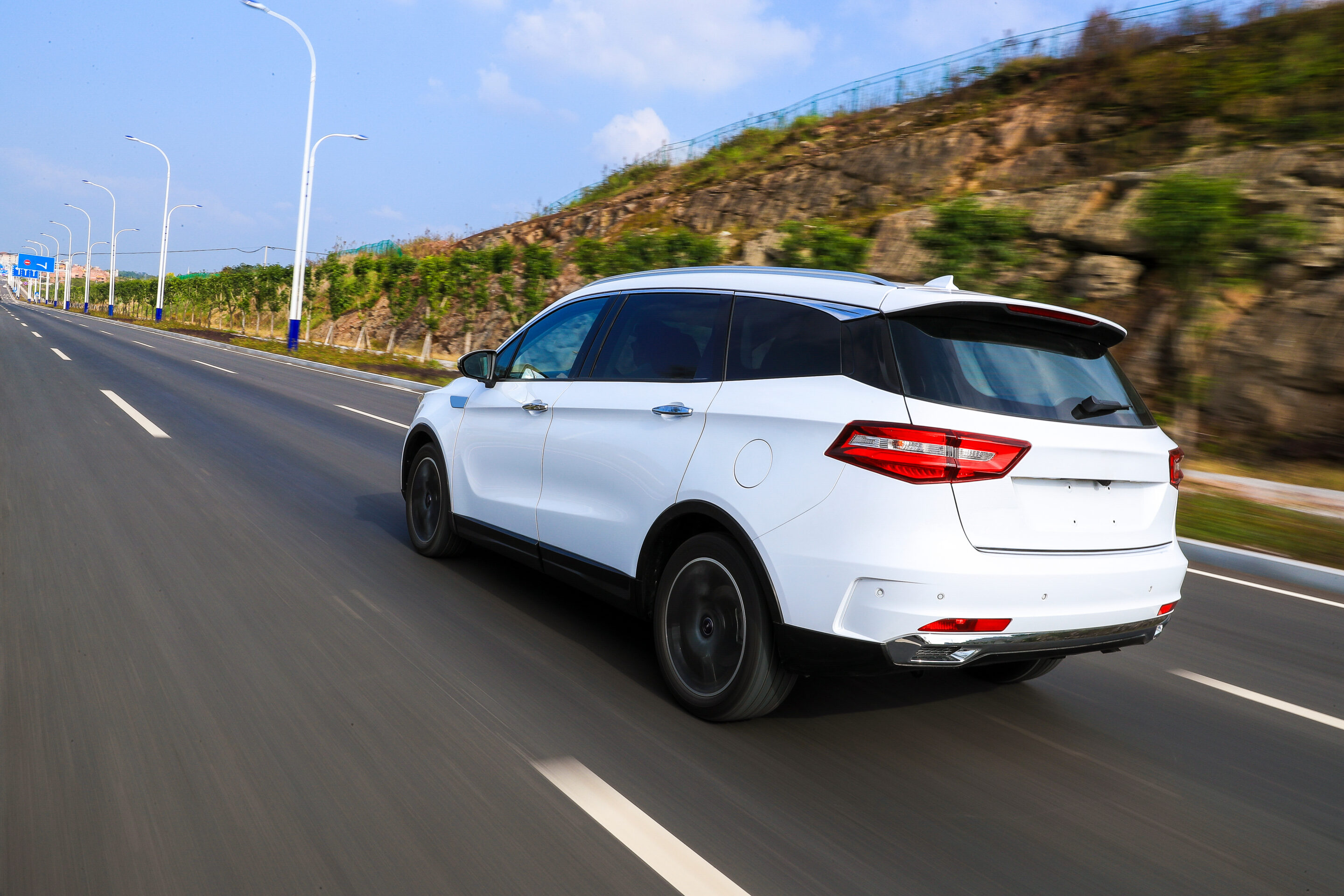Step back for a moment and consider how technology-driven the successful auto dealer is today. Whether a dealer looks inward or outward, they preside over an expanding web of outsourced technology solutions that are vital to his or her success. Across the U.S. economy, no business segment has more significantly leveraged outsourced technologies to drive their business than U.S. auto dealers. Technology is also perhaps the most critical success factor in dealership success, so effective technology management is essential.
Looking Inward…
The sale of a new vehicle is the starting point for a virtuous cycle of profit creation, supported by technology. Most new vehicle purchases involve a trade-in. That trade-in needs to be bought at a market-based but profitable price point. Today, dealers leverage tools such as vAuto and DealerTrack AAX to ensure the accurate market pricing of the purchase and (later) the retail sale, optimizing for days in inventory and unit gross margin. If the trade-in isn’t quickly re-sellable, it goes to wholesale or auction—supported by online tools from companies such as OpenLane and Manheim. Of course, the dealer can increase his used car inventory, using the same tools.
Spawned from a new vehicle sale are a bevy of profit opportunities requiring other tools, such as finance, insurance opportunity and accessories? Over time, a new car buyer becomes a service customer. In fixed operations, utilization rate is a key metric. To support a streamlined customer experience and to ensure optimal utilization, dealers leverage such tools as XTime and Time Highway.
All transactions ultimately flow into the Dealer Management System; a repository of financial and operational data led by stalwarts ADP and Reynolds and Reynolds, but with players such as Arkona arising to claim an ever-greater share.
Looking Outward…
Successful dealers have come to recognize the premier importance of a strong online reputation and presence. Companies such as Digital Air Strike now deliver the technology and service that powers comprehensive monitoring, rapid response and dealer alerts… even by mobile app. Third party sites like Autotrader, Cars.com and Edmunds capture prospective customers and create leads. Providers such as Dealer.com and ADP Cobalt deliver SaaS-based dealer website platforms combining content, functionality and design to meet dealer needs and drive SEO. Chat providers such as ActivEngage and Contact at Once ensure a powerful online chat experience for the consumer. And all leads and customer engagement streams into CRM systems, powered by companies like Dealer Socket, ADP, and VIN Solutions. Dealers can ensure the consumer receives rapid price quote responses via Digital Air Strike technology, and companies such as DME Automotive provide outsourced BDC capabilities supported by technology. Incoming calls can be tracked for marketing optimization by companies such as Who’s Calling and data from RL Polk, Chrome, Experian and others powers follow-on marketing.
The best dealers recognize that all of these technologies exist for just two reasons: to deliver a happy customer and to foster a profitable business. These dealers work hard to integrate this mind-boggling digital web and they expect their vendor partners to recognize the interdependencies in order to help them make the whole ecosystem work.
As we look forward, we can expect to see a few key trends in the auto dealership digital space unfold:
- Social activation. Dealers increasingly understand how key it is to master the social web, both by optimizing their presence and by effectively engaging with their customers. More and more will access technology partners to help them do it.
- Behavioral targeting. Expect to see more advanced applications of behavioral targeting, allowing the tracking and intelligent follow-up of consumers as their needs evolve throughout the purchase process.
- End-to-end solutions. Dealers will look for process technologies that address all scenarios, and that support the process from beginning to end. There will be steadily decreasing dealer tolerance for gaps.
- Technology integration. Dealers will put increasing pressure on their digital vendors to improve interoperability, so that tools work with each other more effectively and reduce usability challenges in the dealership.
- Actionable analytics. Dealers want less data and more actionable intelligence. What’s wrong? What do we need to do about it? Vendor metrics will increasingly narrow their focus onto these two questions.
The successful dealer deeply understands the functionality and current performance of every digital tool in his toolbox. He has integrated these tools with his human processes. He pursues continuous improvement in existing tools, regularly reviews emerging new tools and challenges his vendors to continue to innovate to make everything better. By doing so, he relentlessly grows his competitive advantage, creating in his wake an ever-growing stream of happy customers and positive social reviews.







